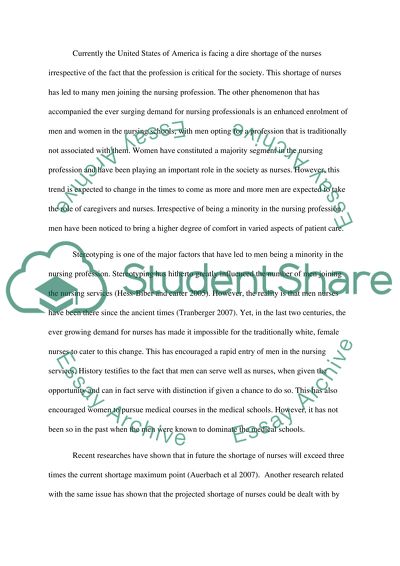Cite this document
(“An Examination of Men in Nursing Essay Example | Topics and Well Written Essays - 2500 words”, n.d.)
Retrieved from https://studentshare.org/nursing/1399069-an-examination-of-men-in-nursing
Retrieved from https://studentshare.org/nursing/1399069-an-examination-of-men-in-nursing
(An Examination of Men in Nursing Essay Example | Topics and Well Written Essays - 2500 Words)
https://studentshare.org/nursing/1399069-an-examination-of-men-in-nursing.
https://studentshare.org/nursing/1399069-an-examination-of-men-in-nursing.
“An Examination of Men in Nursing Essay Example | Topics and Well Written Essays - 2500 Words”, n.d. https://studentshare.org/nursing/1399069-an-examination-of-men-in-nursing.


